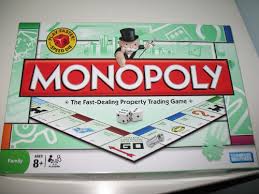Distribution of products constitutes an important element of marketing mix of a firm. It involves activities that are necessary to transfer ownership of goods to customers and also making goods available at the right time and place. According to Stanton, “A distribution channel consists of the set of people and firms involved in the transfer of title to a product as the product moves from producer to ultimate consumer or business user“. It includes both the producer and the final user of the product as well as mercantile agents and merchant middlemen engaged in the transfer of goods and services.
Channels of distribution are also called the trade channels. They refer to the paths through which the ownership of a product passes during the course of its journey from the producer or manufacturer to the ultimate consumer or industrial user. In other words, at one extreme of the ‘channel’ there is producer and at the other extreme there is ultimate consumer. In between, there are intermediaries or middlemen who help the product in reaching the ultimate consumer. When there is a direct contact between the producer and the consumer, it is called Direct Marketing or Channel. On the other hand, when middlemen are used for distribution of goods, it is called Indirect Channel.
After development of the product, the marketing manager has to decide channels or routes through which the product will flow from the factory to the potential customers. He has a number of alternatives available to him. But the important point that he has to keep in mind is that the product should move efficiently and at minimum possible cost from the production department to the ultimate customers.
Click here for government certifications





9 Comments. Leave new
Good work!
Wonderfully described!
Well written
Nice topic. But I guess you could have explained it a bit more.
Good work..
Informative one!
Informative article, Well written!
liked it!!
awesome…